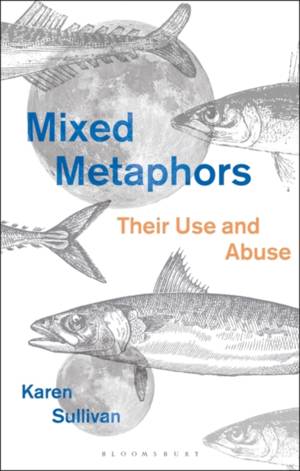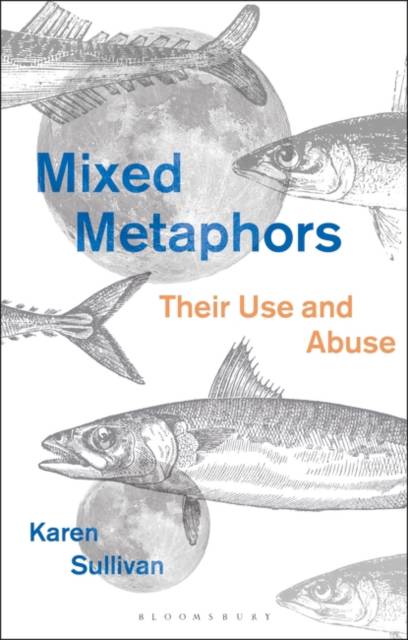
Bedankt voor het vertrouwen het afgelopen jaar! Om jou te bedanken bieden we GRATIS verzending (in België) aan op alles gedurende de hele maand januari.
- Afhalen na 1 uur in een winkel met voorraad
- In januari gratis thuislevering in België
- Ruim aanbod met 7 miljoen producten
Bedankt voor het vertrouwen het afgelopen jaar! Om jou te bedanken bieden we GRATIS verzending (in België) aan op alles gedurende de hele maand januari.
- Afhalen na 1 uur in een winkel met voorraad
- In januari gratis thuislevering in België
- Ruim aanbod met 7 miljoen producten
Zoeken
€ 203,95
+ 407 punten
Uitvoering
Omschrijving
Critics shudder at mixed metaphors like 'that wet blanket is a loose cannon', but admire 'Life's but a walking shadow, a poor player', and all the metaphors packed into Macbeth's 'Tomorrow, and tomorrow, and tomorrow' speech. How is it that metaphors are sometimes mixed so badly and other times put together so well?
In Mixed Metaphors: Their Use and Abuse, Karen Sullivan employs findings from linguistics and cognitive science to explore how metaphors are combined and why they sometimes mix. Once we understand the ways that metaphoric ideas are put together, we can appreciate why metaphor combinations have such a wide range of effects.
Mixed Metaphors: Their Use and Abuse includes analyses of over a hundred metaphors from politicians, sportspeople, writers and other public figures, and identifies the characteristics that make these metaphors annoying, amusing or astounding.
In Mixed Metaphors: Their Use and Abuse, Karen Sullivan employs findings from linguistics and cognitive science to explore how metaphors are combined and why they sometimes mix. Once we understand the ways that metaphoric ideas are put together, we can appreciate why metaphor combinations have such a wide range of effects.
Mixed Metaphors: Their Use and Abuse includes analyses of over a hundred metaphors from politicians, sportspeople, writers and other public figures, and identifies the characteristics that make these metaphors annoying, amusing or astounding.
Specificaties
Betrokkenen
- Auteur(s):
- Uitgeverij:
Inhoud
- Aantal bladzijden:
- 240
- Taal:
- Engels
Eigenschappen
- Productcode (EAN):
- 9781350066045
- Verschijningsdatum:
- 29/11/2018
- Uitvoering:
- Hardcover
- Formaat:
- Genaaid
- Afmetingen:
- 140 mm x 216 mm
- Gewicht:
- 426 g

Alleen bij Standaard Boekhandel
+ 407 punten op je klantenkaart van Standaard Boekhandel
Beoordelingen
We publiceren alleen reviews die voldoen aan de voorwaarden voor reviews. Bekijk onze voorwaarden voor reviews.









